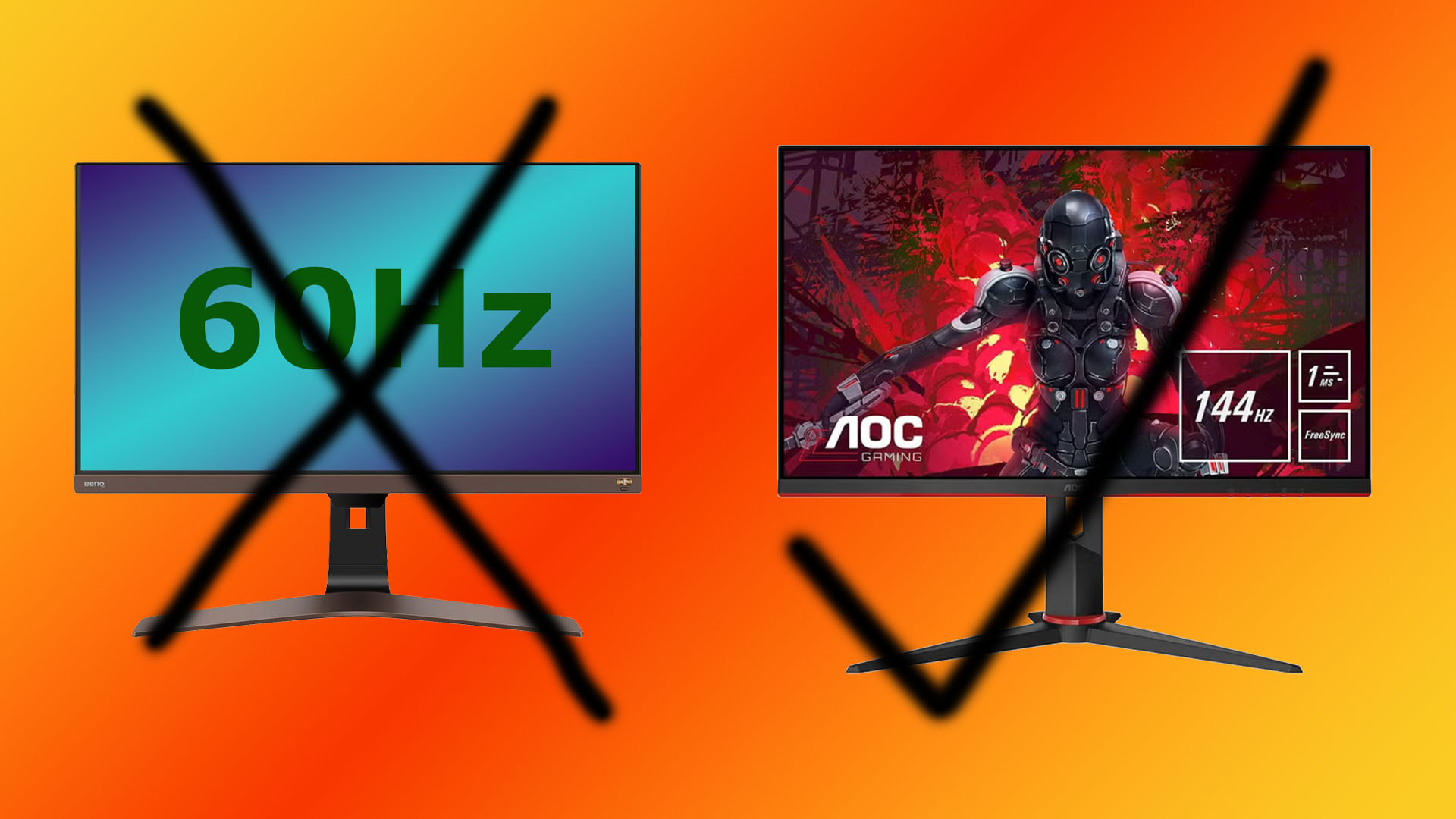[ad_1]

AMD has simply consigned 60Hz gaming displays to the trash in terms of assist for its energetic sync tech, with the corporate saying a raft of adjustments that can see even the fundamental AMD FreeSync certification requiring a most refresh fee of a minimum of 144Hz.
This transfer by AMD displays avid gamers’ calls for for ever-increasing refresh charges, which end in a lot smoother visuals in case your GPU’s body fee can sustain with them. You received’t discover a single show with a refresh fee below 144Hz on our greatest gaming monitor information, and displays that refresh at 240Hz and even 360Hz at the moment are commonplace.
Adaptive sync applied sciences corresponding to FreeSync, in addition to Nvidia G-Sync, mainly synchronize your monitor’s refresh fee with the body fee output of your GPU. This eliminates the tearing artifacts that seem when the 2 metrics are out of sync, plus Freesync stops picture stutter that may occur if you happen to use v-sync (additionally used to cease picture tearing) because the refresh can range with body fee fluctuates, in contrast to v-sync, which is mounted.
On the base stage, the vanilla FreeSync spec used to solely require a most refresh fee of 40-60Hz to get licensed, however AMD has now whacked this all the best way as much as 144Hz, with the spec making use of to displays with a horizontal decision beneath 3,440 pixels.
Likewise, the spec for FreeSync Premium used to require a most refresh fee of a minimum of 120Hz, however this determine has now elevated to 200Hz for displays with a horizontal decision below 3,440 pixels. Nevertheless, the spec stays at 120Hz for displays with resolutions past this level, which is comprehensible, provided that there aren’t too many 4K displays that transcend 144Hz proper now.
These spec adjustments solely have an effect on TVs and displays, nonetheless – laptop computer shows at present retain the identical FreeSync specs as earlier than. In the meantime, the FreeSync Premium Professional spec has modified in step with the FreeSync Premium spec, and provides assist for FreeSync HDR.
Explaining the transfer, AMD Product Advertising and marketing Supervisor for AMD Radeon graphics and AMD FreeSync know-how, Oguzhan Andic, defined that “gaming displays at 120Hz had been a rarity in 2015; right now nearly all of gaming displays are 144Hz or increased, which clearly reveals the upward refresh fee development within the trade.” Andic added that “AMD FreeSync know-how certification is a assure of an excellent expertise and we wish to maintain it that approach.”
If you wish to be taught extra about how right now’s gaming displays work, ensure you learn our full information to the perfect monitor panel tech, the place we clarify all about how IPS, VA, and TN panels work.
[ad_2]
Source link

